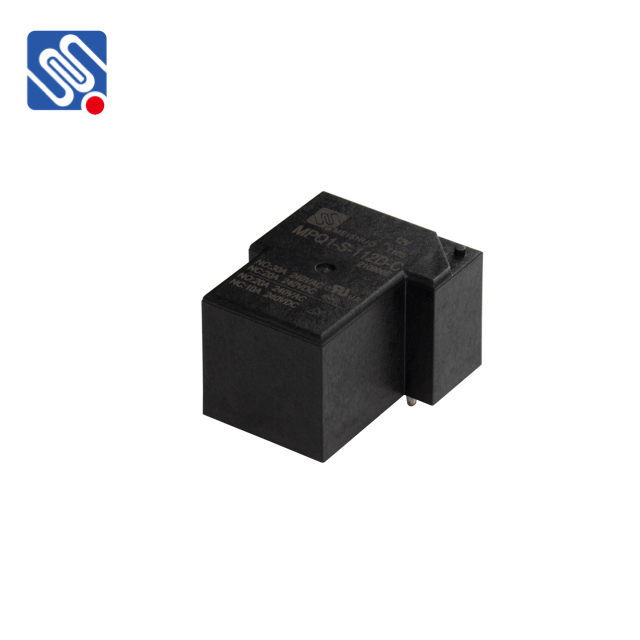understanding the 12v dc relay: working principles, applications, and selection guide
Release time:2025-08-24 10:23:56
A 12V DC relay is a fundamental component used in various electrical and electronic systems, providing an efficient way to control higher voltage or current circuits with a lower voltage signal. Relays have wide applications in automation, automotive, embedded systems, and industrial control systems, where they play a key role in protecting devices and simplifying complex circuit designs. This article delves into the working principles, common applications, and factors to consider when selecting a 12V DC relay.

What is a 12V DC Relay?
At its core, a 12V DC relay is an electromechanical switch that uses an electromagnetic coil to control the opening and closing of contact points in an electrical circuit. It operates by receiving a 12V direct current (DC) signal that activates a coil, which generates a magnetic field. This magnetic field pulls a movable armature, which in turn moves contact points to either open or close the circuit. The relay allows a low-power control signal (typically 12V DC) to control a much higher power circuit, which could be running at various voltages and currents.
How Does a 12V DC Relay Work?

